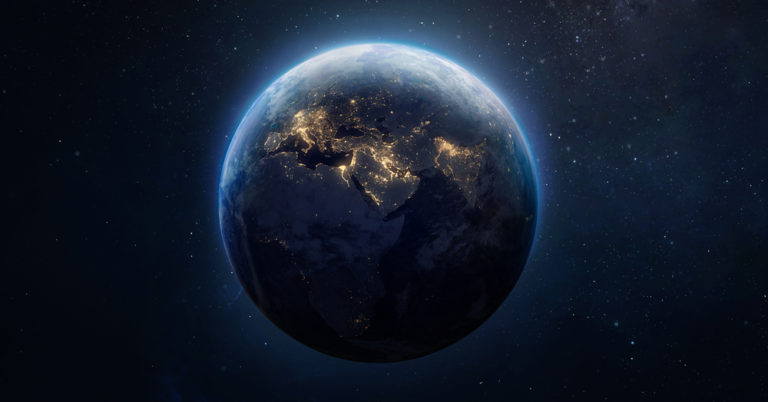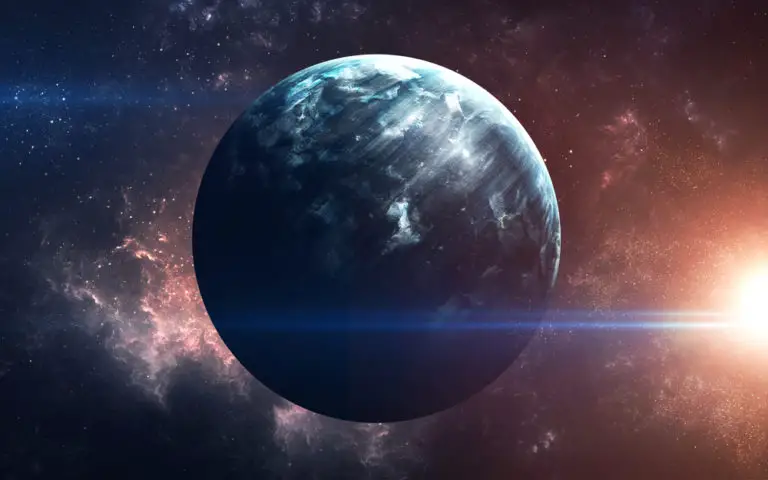The universe is a vast, mysterious place filled with celestial wonders. One of the most intriguing possibilities astronomers are considering is that ours might not be the only Earth-like planet in the solar system. Their belief is drawn from their observations of the Kuiper Belt, a region at the edge of the solar system filled with comets, asteroids and other small icy bodies. This far-out realm might be harboring more mysteries than we presently comprehend.
The Science of Discovering Planets
Space exploration has come a long way since the identification of prominent planets like Jupiter, which, thanks to their size and relative proximity, were visible to the naked eye. The advent of technologies has made the herculean task of finding exoplanets (planets outside of our solar system) manageable. Today, astronomers identify exoplanets by looking for dips in light as they pass in front of their parent star. It’s no piece of cake, indeed, but our collective efforts have led to the discovery of 5,502 exoplanets since we found our very first in 1992.
Our Solar System Still Holds Surprises
Exploring our own solar system can present its own unique set of challenges, but much can be learned by paying close attention to the movement of celestial bodies already within our purview. For instance, Neptune’s existence was deduced when mathematician and astronomer Urbain Le Verrier noticed a difference between the observed orbit of Uranus and the orbital path predicted by Newtonian physics. Factoring in the gravitational influence of an additional planet beyond Uranus adequately explained this discrepancy. Heeding Le Verrier’s calculations, German astronomer Johann Gottfried Galle confirmed the existence of Neptune.
A Clue in the Kuiper Belt
In their recent paper, astrophysicists Patryk Sofia Lykawka of Kindai University in Japan and Takashi Ito of the National Astronomical Observatory of Japan presented their analysis of the movement of objects within the Kuiper Belt. They ran a series of simulations and concluded that a planet roughly the size of Earth could be responsible for the peculiar patterns of motion in objects well beyond Neptune’s orbit.
Predicting an Unseen Planet
According to Lykawka and Ito, the potential unseen planet could be approximately 1.5 to 3 times the mass of the Earth. It’s likely on an inclined orbit at around 30 degrees. The team also pointed out where future research should focus to gather evidence of the speculative planet’s existence.
Their assertion that the existence of a Kuiper Belt Planet (KBP) underpins the unusual behaviours seen in the outer solar system. Their theoretical model suggests the KBP’s gravitational disruptions could generate new populations of Trans-Neptunian Objects (TNOs) beyond 150 astronomical units (AU), whose observational signatures could further testify to the planet’s existence.
“Further understanding of the orbital structure in the distant Kuiper Belt can confirm or refute the presence of any hypothesized planet in the outer solar system,” the team contends.
No Relation to Planet 9
Although some readers might feel a sense of déjà vu, the researchers want to make it clear this supposedly Earth-like planet in the Kuiper Belt is not to be confused with the much-debated Planet 9. The latter is hypothesized to be vastly more massive and further out than this new suspected planet.
A New Chapter in Space Exploration
The team’s study, published in The Astronomical Journal, adds to the body of scientific knowledge about our solar system and the interstellar world beyond. The likelihood of an additional Earth-like planet existing within our solar system, hidden away in the Kuiper Belt continues to provoke scientific curiosity and drive future exploration.
Unlocking the Mysteries of the Universe: New Research Frontiers
The captivating space research carried out by Lykawka and Ito has surely piqued the interest of astronomers and other space enthusiasts worldwide. However, as is usually the case in the expansive field of astronomy, each answer inevitably leads to a montage of new questions. To unfold the mystery of the potential Earth-like planet hiding in the Kuiper Belt, we require more advanced tools and technologies. Additionally, there are other similar topics of research broadening our horizon and understanding of the universe. Here are a few:
- Planet 9: Despite the unambiguous assertion that the potential Earth-like planet in the Kuiper Belt isn’t Planet 9, there is much hype and uncertainty around this hypothesis. Planet 9, believed to be way more massive than our Earth and located even further than the newly suspected planet, continues to be a subject of active research.
- Goldilocks Zone: Apart from the quandaries within our solar system, there is a lot of intrigue about planets located in the “Goldilocks Zone” around other stars. These are areas neither too ‘hot’ nor too ‘cold’, allowing for the existence of liquid water and perhaps, life. As of 2020, about 50 exoplanets located in the Goldilocks Zone of their star system have been discovered.
- Habitable Exomoons: Not just planets, there’s also a hypothesis about the existence of habitable moons, referred to as exomoons orbiting around exoplanets. While the research on this topic is in its nascent stages, if true, it could add interesting dimensions to our understanding of life possibilities beyond the Earth.
Stargazing with Enthusiasm: A Hobbyist’s Guide
While the mysteries and research around Earth-like planets, Planet 9, and exoplanets are undeniably thrilling, you don’t need to be a professional astronomer to enjoy the splendors of the universe. Here are some tips that could turn the night sky into your own celestial canvas:
- Equip yourself with a handy star chart or a stargazing app, which could help you identify different constellations and celestial objects.
- Invest in a good quality telescope. It’s worth the money, as it allows you to delve deeper into the night skies, offering a firsthand glimpse of planets, nebulae, and distant galaxies.
- Consider joining a local astronomy club or stargazing group. Meeting like-minded individuals can make the experience more enjoyable, and you might learn a thing or two!
Peering Through the Cosmos: Our Never-ending Quest
To conclude, there’s an abundance of mysteries hiding within the unimaginably vast cosmos, waiting to be explored. Even within our own backyard, the solar system, fascinating possibilities like an Earth-like planet hidden in the Kuiper Belt and a massively unaccounted Planet 9 continue to stimulate the minds of astronomers and casual stargazers alike. Advancements in technology combined with our relentless curiosity promise to push the frontiers of our interstellar understanding in the days to come. Let’s keep our eyes on the skies, for the universe holds more wonders than we can ever fathom.

This Site Was Inspired By An Interest in Protecting the Environment:
We had the privilege and joy of learning from Dr. Charlie Stine who instilled a love for the natural world through incredible field trips with the Johns Hopkins Odyssey Certificate program in Environmental Studies. At the time, the program was endorsed by the Maryland Department of Natural Resources. Sadly, after Dr. Stine retired, the program was phased out. We hope that we honor his legacy by shining a bright light on environmental issues and sharing good news about the success of various conservation programs when possible.



